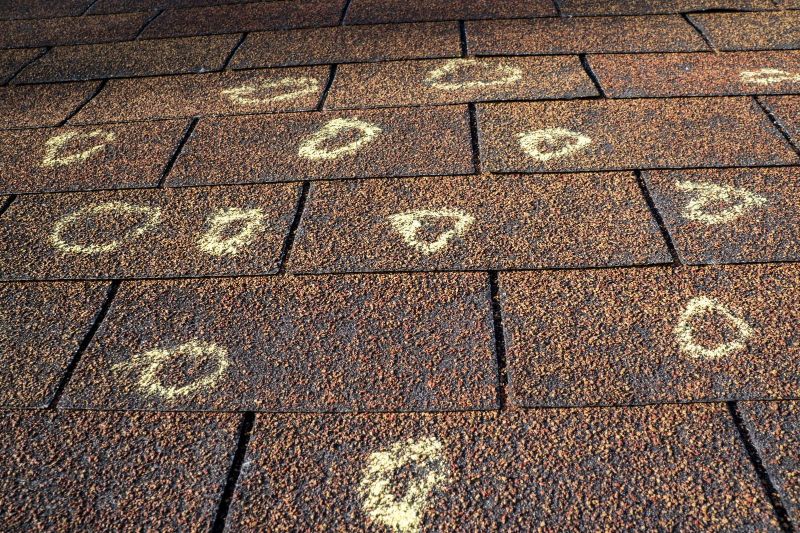Roofing materials play a vital role in protecting our homes from the elements, but their impact on the environment is often overlooked. The choice of roofing materials can significantly affect energy consumption, carbon emissions, and waste generation. In this article, we will explore the environmental impact of different roofing materials and discuss sustainable alternatives that can mitigate the negative effects.
Asphalt Shingles
Asphalt shingles are the most commonly used roofing material in North America due to their affordability and durability. However, they have significant environmental drawbacks. The production of asphalt shingles requires large amounts of energy and petroleum, a non-renewable resource. Moreover, the disposal of old shingles contributes to landfill waste. While efforts have been made to recycle asphalt shingles, the process is still not widely adopted.
Metal Roofing
Metal roofing, often made from steel or aluminum, is gaining popularity due to its longevity and recyclability. Metal roofs can last up to 50 years, far surpassing the lifespan of traditional asphalt shingles. Additionally, metal is highly recyclable, reducing the need for new raw materials. However, the production of metal roofing materials requires significant energy inputs, and the mining and extraction of metals can have adverse environmental and social impacts if not properly managed.
Clay and Concrete Tiles
Clay and concrete tiles are known for their durability and aesthetic appeal. They have a longer lifespan compared to asphalt shingles and can be recycled or reused after their useful life. However, the production of clay and concrete tiles involves high energy consumption and emissions of greenhouse gases. Transportation of heavy tiles also contributes to carbon emissions.
Wood Shakes and Shingles
Wood shakes and shingles provide a natural and rustic look to roofs. They are typically made from sustainably harvested wood, making them a more environmentally friendly option. However, the production process involves cutting down trees, which can have adverse effects on forests if not managed responsibly. Additionally, wood roofs require regular maintenance and are more susceptible to fire, which can pose environmental risks.
Sustainable Alternatives
To minimize the environmental impact of roofing materials, several sustainable alternatives are available:
- Recycled Shingles: Some manufacturers produce asphalt shingles using recycled materials, such as post-consumer waste, reducing the demand for new resources and diverting waste from landfills.
- Cool Roofs: Cool roofs are designed to reflect sunlight and reduce heat absorption, thus lowering energy consumption for cooling. They can be made from various materials, including reflective metal or specially coated shingles.
- Green Roofs: Green roofs involve covering the roof surface with vegetation, providing insulation, reducing stormwater runoff, and improving air quality. They can be installed on flat or sloped roofs and contribute to urban biodiversity.
- Solar Panels: Incorporating solar panels into roofing systems allows for the generation of renewable energy, reducing dependence on fossil fuels and lowering carbon emissions.
The choice of roofing materials has a significant impact on the environment. While traditional materials like asphalt shingles have their drawbacks, sustainable alternatives offer solutions to mitigate the environmental impact. Recycling, using cool roofs, implementing green roofs, and integrating solar panels are some of the ways we can make our roofs more environmentally friendly. By considering these sustainable options, we can reduce energy consumption, minimize waste generation, and contribute to a greener future.
Ultimately, it is crucial to prioritize the long-term environmental impact when selecting roofing materials for our homes, aiming for both durability and sustainability. By making conscious choices, we can contribute to a healthier planet while safeguarding our shelters from the elements



